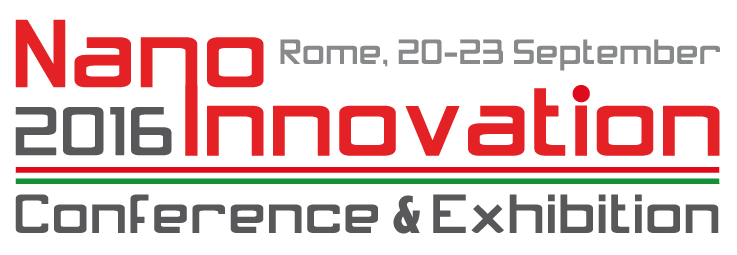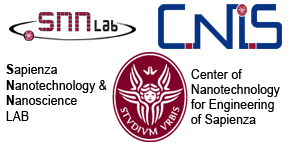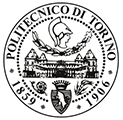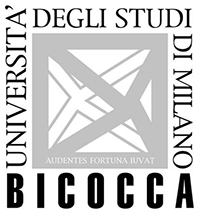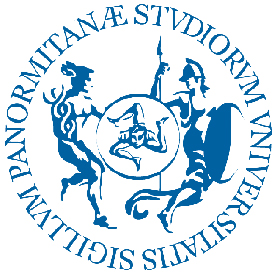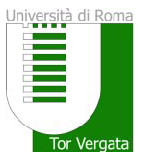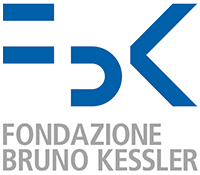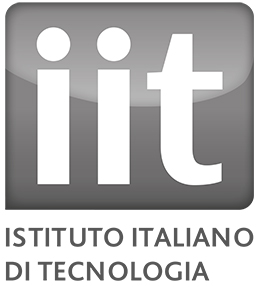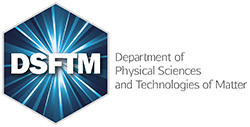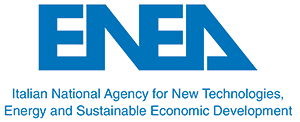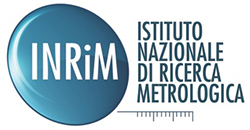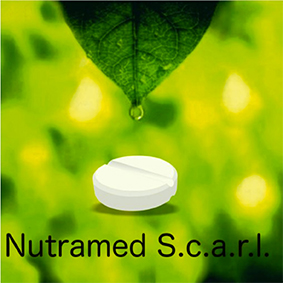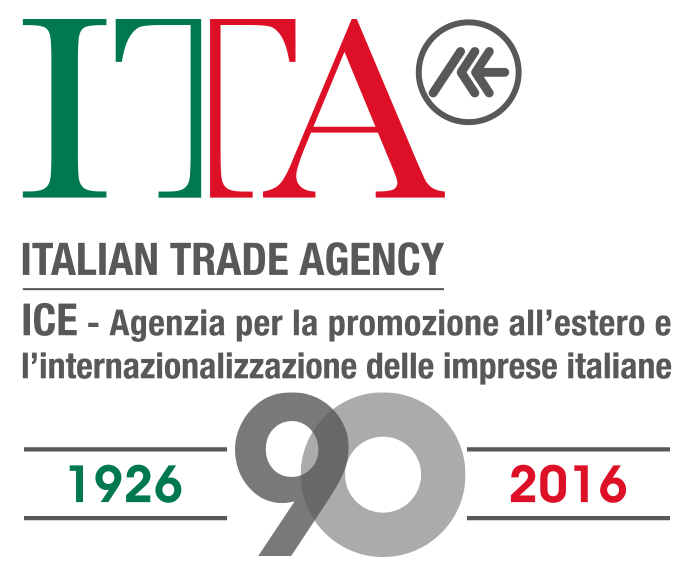TS.III.E.3
Nanoimmunotoxicity: in vitro and in vivo approaches
Gabriella DI FELICE, ISS
The growing use of nanomaterials (NM) for biomedical applications hold great potential for therapeutic applications but may also lead to new health and safety issues. In the case of the impact on the immune system, concerns are raised when engineered NM unintentionally alters its function, thus inducing immunotoxic effects. The primary function of immune system is to protect the host from foreign invaders, by integrating the actions of its innate and adaptive compartments. Both of them are able to discriminate between self and not-self molecules/substances. Upon the accidental entry of NM through different routes (such as dermal, oral and respiratory tract) or the intentional delivery of high doses of NP-based drugs or diagnostic/imaging systems, they interact with immune cells that are abundant in the tissues close to the entry sites as well as in the bloodstream. The consequent interactions may affect the distribution and the bioavailability of NM. On the other hand, NM could influence the viability and the functional activity of immune cells, thus inducing potentially toxic side effects. For these reasons, it is mandatory to evaluate the impact of NM on the immune system, to assess the immunological risk, and to develop specific assays to study immunotoxicity and immunological safety of NM. Moreover, the immunological effects of NM do not exclusively correspond to immunotoxicity: they may interfere with the physiological functions of the immune system (thus impairing immune responses to pathogens or tumours), or promote undesired reactions, such as inflammation, hypersensitivity or autoimmunity. This aspect is specifically relevant for NM, in relation to their chemical composition and structure: for instance, non-biodegradable NP may be retained and persist in immune cells and tissues, thus requiring further specific testing. Systematic studies are needed, particularly those controlling the characteristics of the NM and exposing cells and/or full organisms at realistic concentrations. The majority of standard or additional immunotoxicity parameters are evaluated by in vivo studies, performed in rodent and non-rodent species, generally as 28- or 90-day studies with consecutive daily dosing. Recently, alternative in vitro assays have been proposed and critically evaluated to reduce/replace animal testing also in this field. In particular, the use of in vitro assays with multiple human immune cells has been developed and validated to provide relevant information on the mechanisms of NP-mediated interactions and effects. However, both in vitro studies and in vivo studies of immunogenicity and modulation of immune responses should be performed, providing an adequate cross-validation and the demonstration of their physiological significance and translability on human responses. The results should be used to establish pertinent endpoints and to develop testing guidelines for immunological evaluation of NM.
Back to TS.III.E
